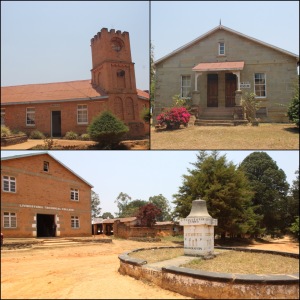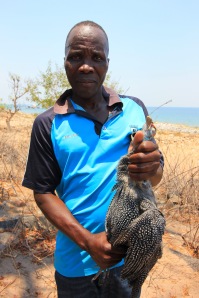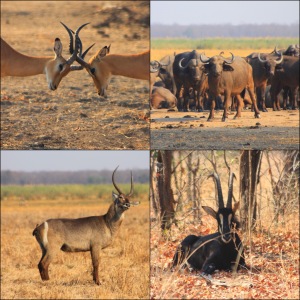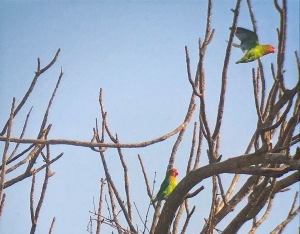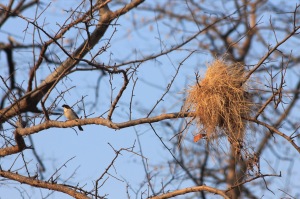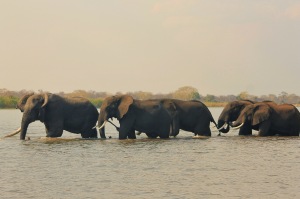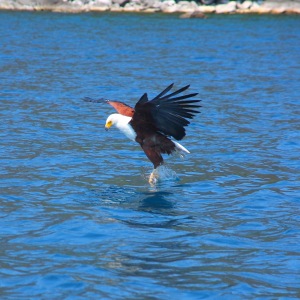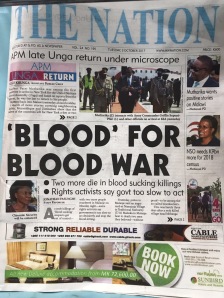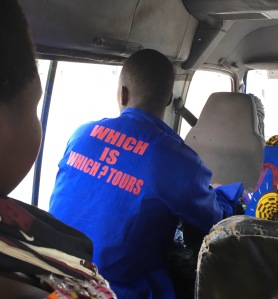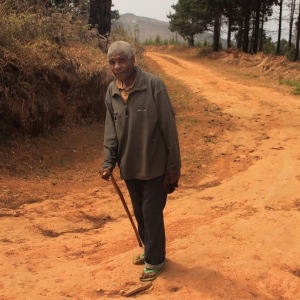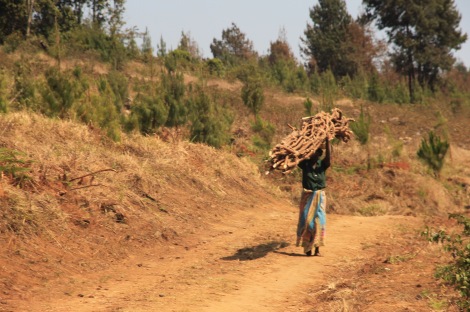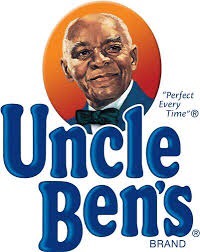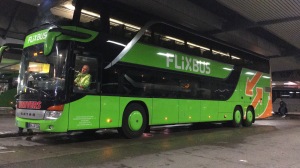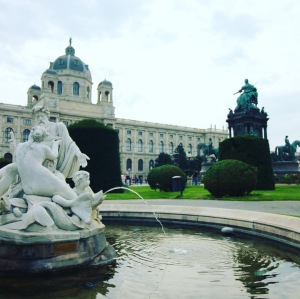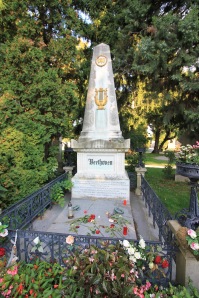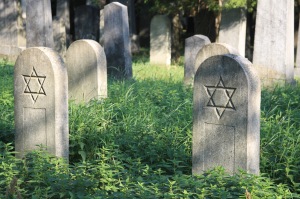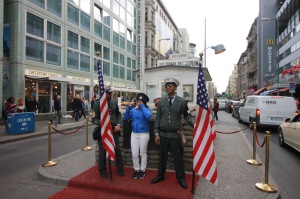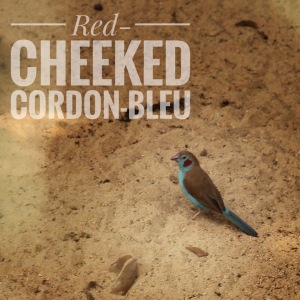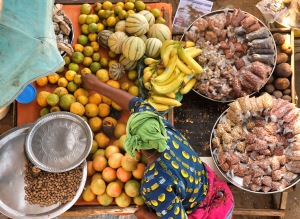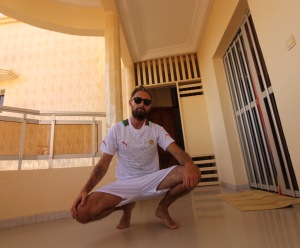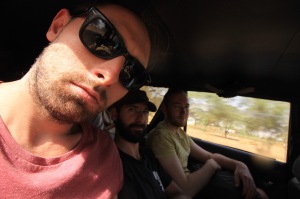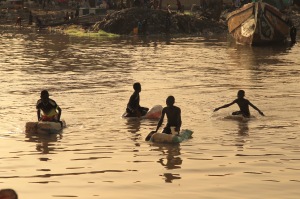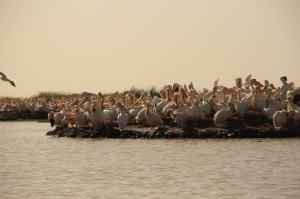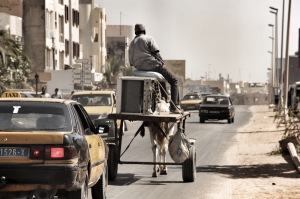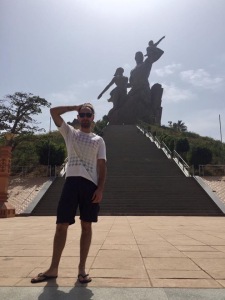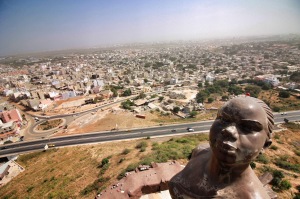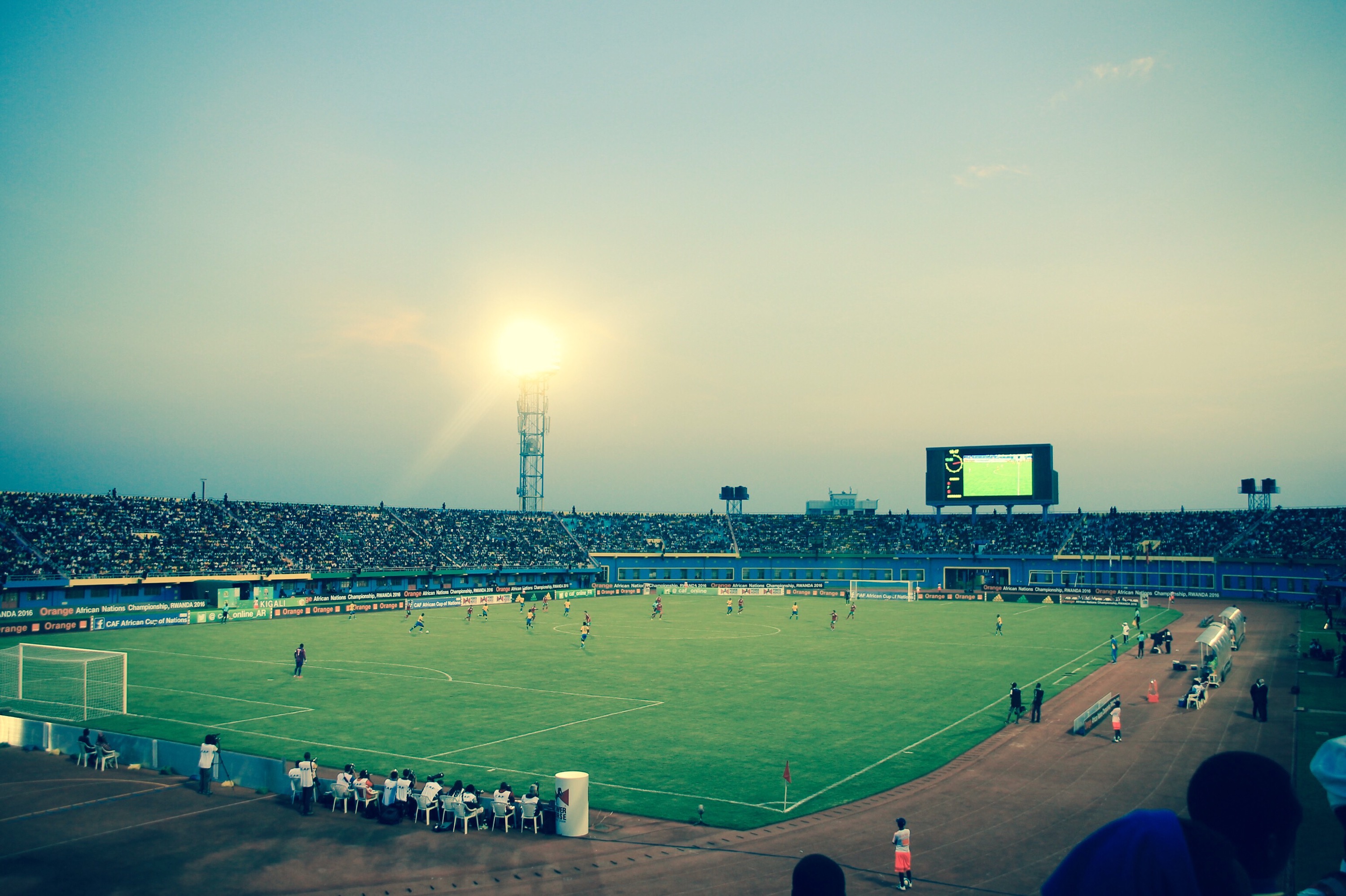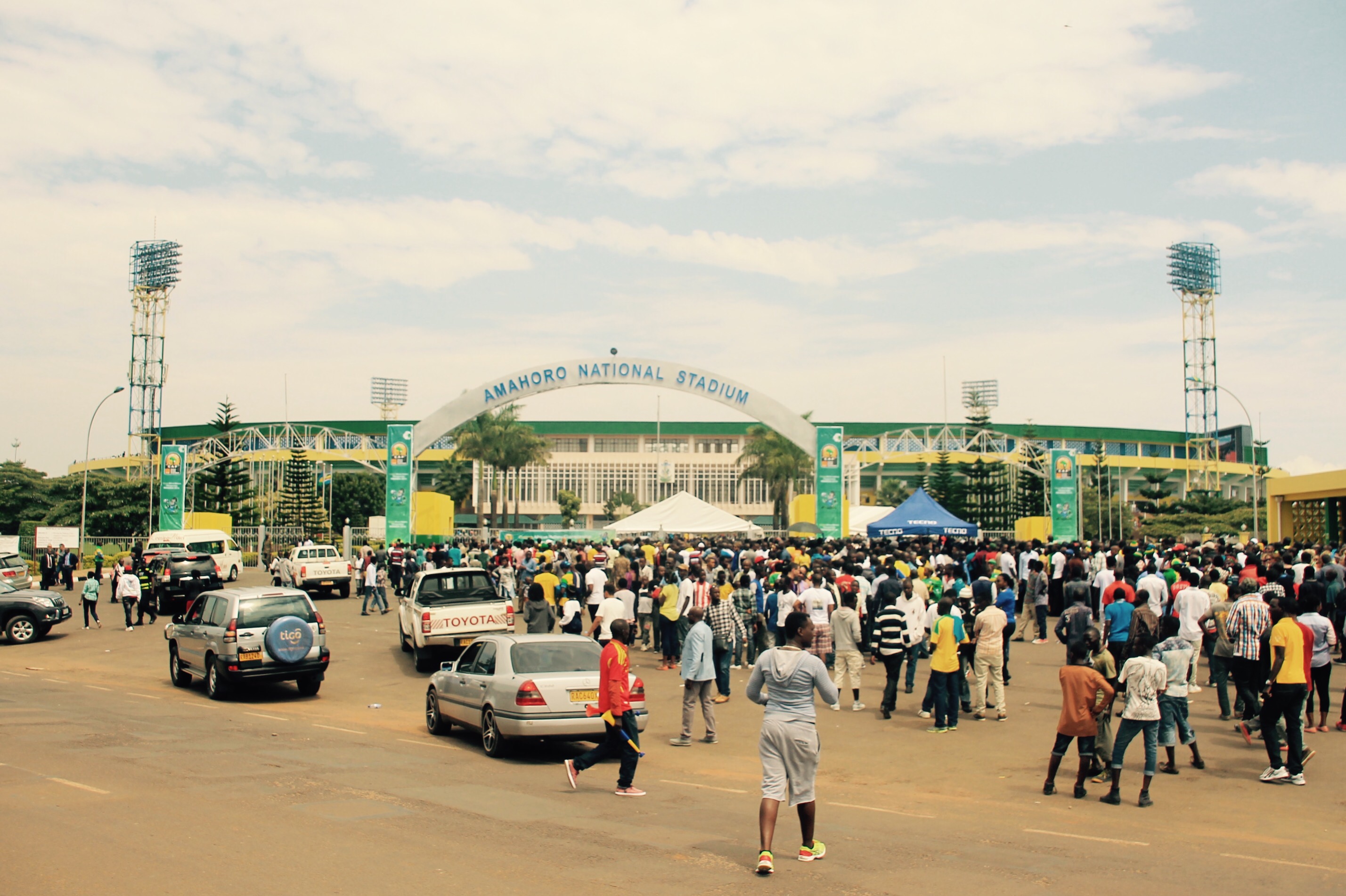Livingstonia is perched on top of the Rift Valley escarpment 700 metres above Lake Malawi. Getting there involved an extremely rough ride on the back of a pick up truck. I shared a spare tyre with an old woman and had a bundle of sticks jabbing me in the side the whole way. Why do people in Africa bring bundles of sticks on public transport? Surely that’s the one thing available anywhere? Thankfully the trip only lasted about an hour. Once at the top, you’re rewarded with some amazing views of the lake.
The town of Livingstonia was founded by a group of Scottish missionaries led by Lt. E D Young, at the village originally known as Khondowe. Named after David Livingstone, the first two attempts set to establish a mission in Malawi failed after a high number of malarial fatalities, hence a site of higher altitude was chosen. There’s a few colonial style buildings in town, although not exactly the impressive architecture you’d find elsewhere in the empire. For some reason they also built a roundabout which sees only sees about a dozen vehicles per day. When the British first introduced roundabouts to Africa the locals didn’t know their name, so just referred to them as ‘keep lefties’.
The church is the largest building in town, it took 30 years to complete due to a lack of funding. On this day I found some friendly sisters arranging maize to be sent out to the local orphans.


Manchewe falls is the largest waterfall in Malawi. The tallest drop is 125 metres high, it is surrounded by lush rainforests and a number of view points. Some guides hang around the entrance, but there’s really no need for them, as they simply state the obvious. Most of them are just young kids practicing their English and will try to follow you anyway. I gave him 60 pence.

Likoma island is in Mozambique waters but is geographically part of Malawi, also as a result of its long association with Scottish missionaries. It’s difficult to reach, 12 hours on a basic boat called the Limani. Packed with all the supplies coming from the mainland getting to the toilet was difficult, a terrible time to get the squirts. Likoma has some lovely beaches, clear blue water and is mainly a place where people come just to chill and do nothing.
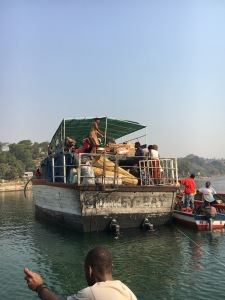

Tired of being around the tourist lodge with the self-righteous expats, I decided to go on a tour of Likoma with someone I met in a local bar. He promised to show me all the non touristic sights on his alternative tour of the island, sounded promising. After walking about 6 miles in the blazing midday sun we arrived at our first ‘sight’ – a boulder with a mysterious footprint on it. To me looked far too big to be a footprint and was nothing more than a blemish in the boulder.

Secondly was the ‘hidden cave’ which was more like a shelter where the locals come to smoke tac. Next up, the ‘singing rock’ which made a high pitched noise when you struck it with another stone. They were amazed at why it made such a noise. I tried to explain that it must be the way it was positioned or that it could be slightly denser than the other rocks around it but they were convinced it was a magic rock. It was at this point that I realised that I’d signed up to the shitest tour ever, in fact this tour was so shit it was almost good.
What was meant to be the main attraction of the tour ‘the bat cave’ we didn’t even get to see because the ‘tour guide’ said it would be too dark, and he was scared there were snakes inside. More like he realised how shit his impromptu tour was and could tell I was sick of clambering over rocks in the 35 degree heat. Ultimately, the highlight of the tour was when the guide suddenly picked up a rock and launched it into a flock of grouse, injuring one enough so he could grab it to take home for dinner. With that, it brought an end to this magical mystery tour.



